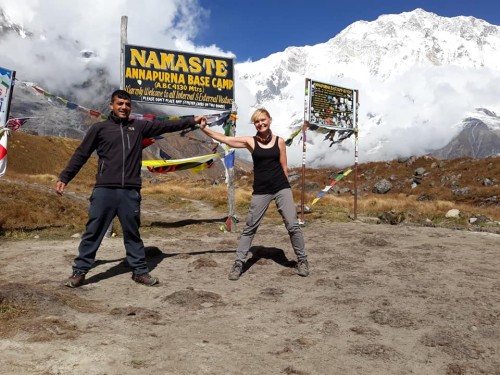Food and Accommodations on Manaslu Circuit Trek
24th Apr, 2025

Food and accommodations on the Manaslu Circuit Trek are basic but cozy, with simple and delicious meals. It offers a beautiful balance between adventure and comfort. Trekkers planning to visit should remember that this region is more remote compared to the Annapurna or Everest regions, so flexibility and preparedness are essential.
Table of Contents
The Manaslu Circuit Trekking route is less traveled than the Everest and Annapurna regions, but there are enough accommodations and restaurants along the trail to comfortably serve around 200 trekkers per day. Every year by year, the number of trekkers is increasing due to the area’s beautiful natural scenery and wonderful local culture. As a result, local people are gradually adding new teahouses for accommodation, especially up to Samdo Village.
You can easily find comfortable lodging until Samdo Village. However, at Dharmasala (also known as Larkya Phedi), the situation is different — there are only a few teahouses with limited accommodations, often dormitory-style rooms managed under the control of the Manaslu Conservation Area Project.
During the peak season on the Manaslu Circuit Trekking route, it can be difficult to find the best accommodations due to the increasing number of trekkers. Therefore, advance booking is recommended, and your guide can assist in arranging this for you.
Accommodations on Manaslu Circuit Trek
Normally, lodges or tea houses on the Manaslu Circuit have private rooms (two beds per room) with shared indoor bathrooms, except at Dharmasala, where accommodations are more like dormitory rooms. In each room, there will be a comfortable mattress, bed cover, pillow, and a thin blanket, so bringing a warm sleeping bag is highly recommended for all trekkers.
 The dining rooms are generally nice and spacious for meals. From Namrung to Samdo, the dining rooms are heated with a wood fire, creating a warm and cozy environment. However, there are no luxury teahouses or lodges like those found on the Annapurna Circuit or Everest Base Camp treks. After crossing the Larke Pass, you will find slightly fancier accommodations.
The dining rooms are generally nice and spacious for meals. From Namrung to Samdo, the dining rooms are heated with a wood fire, creating a warm and cozy environment. However, there are no luxury teahouses or lodges like those found on the Annapurna Circuit or Everest Base Camp treks. After crossing the Larke Pass, you will find slightly fancier accommodations.
Teahouses also offer hot showers for an additional fee. Charging electronic devices is usually available for a fee as well, but it is highly recommended to carry a power bank to ensure you stay powered up throughout the trek.
Teahouse accommodations on Soti Khola and Machha Khola
Most trekkers start the Manaslu Circuit Trek either from Soti Khola or Machha Khola after a 7–9 hour drive from Kathmandu.
If you want to start the trek from Soti Khola, note that there are only four tea houses and lodges available. Some of these lodges offer rooms with attached bathrooms and hot showers. Since accommodations are limited in Soti Khola, it is necessary to book your stay in advance.
If you prefer to start from Machha Khola, there are around 9–10 tea houses and lodges available for accommodation. Some of these also offer rooms with attached bathrooms and hot showers, providing more options compared to Soti Khola.
Both Soti Khola and Machha Khola are situated at lower altitudes, so warm dining rooms are not necessary. However, the dining areas are generally nice and clean, offering a comfortable atmosphere for meals.
Teahouse accommodations on Jagat, Khorlabesi, and Salleri
For trekkers who want to stay at Soti Khola, accommodation is available at Khorla Besi, where there are two tea houses for overnight stays. However, it is necessary to book your room in advance, especially during the busy season. Lunch along this route is typically taken at Machha Khola.
For those who want to start the trek from Machha Khola, the common lunch stops are Dobhan or Yaru Phat, where a few restaurants are available for trekkers. For overnight accommodation, you will need to reach Jagat, where there are enough options — around 7–8 tea houses available. During peak season, it is recommended to book accommodations in advance.
Trekkers who walk faster can continue to Salleri Village, which is about 30–45 minutes beyond Jagat. Salleri has around three tea houses for overnight stays.
Teahouse accommodations on Pewa and Deng
Jagat is the official entry point for the Manaslu Conservation Area, so most trekkers choose to stay overnight here. From Jagat, the typical lunch stop is Chisapani, where there are enough restaurants to accommodate trekkers with good food options.
For overnight stays, trekkers can stop at Pewa or Deng. Pewa has only two basic teahouses, so facilities are limited. Deng has around four teahouses with basic but sufficient accommodations. These teahouses can host up to 200 trekkers per night.
Some teahouses in Deng offer warm dining rooms with firewood heating and hot showers for an additional cost, providing a bit of comfort in the colder mountain environment.
Teahouse accommodations on Namrung
From Pewa or Deng, all trekkers head to Namrung for an overnight stay. At Namrung, there are about 5–6 teahouses and lodges available for accommodation. Advance booking is highly recommended for all trekkers to secure a room, especially during the busy seasons.
One lodge even offers luxury facilities such as warm beds and nicely furnished rooms, but it is more expensive compared to the standard teahouses.
All teahouses in Namrung have warm dining rooms with firewood heating, which is very important because the temperature starts to drop significantly from this point onward.
On the way to Namrung, trekkers usually stop at Gap for a lunch break, where there are enough restaurants to accommodate trekkers.
Teahouse accommodations on Lho Village
Lho Village is a relatively large settlement compared to the villages encountered earlier on the trek. It sits at an elevation of 3,180 meters and is one of the best viewpoints for Mount Manaslu.
At Lho, there are about 10–12 teahouses and lodges available for accommodation, and the number is steadily increasing. Some of these teahouses and lodges offer rooms with attached bathrooms, hot showers, and warm dining rooms with firewood heating.
From Namrung, most trekkers reach Lho Village for an overnight stay, and it is also a popular lunch stop for many. Between Namrung and Lho, there are no good teahouses, lodges, or restaurants for accommodation and meals, so we highly recommend all trekkers head directly to Lho Village for the night. Advance booking is strongly advised during the peak seasons.
Teahouse accommodations on Samagaun
Samagaun is the largest village on the Manaslu Circuit Trek, located at an elevation of 3,520 meters. It is the best place for an acclimatization day before ascending toward Larke Pass, so all trekkers typically spend at least two nights here.
There are about 18–20 teahouses and lodges for accommodation. During the climbing seasons—especially in May and October—expedition groups also stay here for several days. Therefore, advance booking is highly recommended.
At Samagaun, teahouses and lodges offer nice rooms, warm dining rooms with firewood heating, and some attached bathrooms with hot showers for added comfort.
Teahouse accommodations on Samdo village
Samdo Village is the highest settlement on the Manaslu Circuit Trek, located at an elevation of 3,875 meters.
Between Samagaun and Samdo, there are no teahouses or restaurants to stop at, but the distance is not far—it only takes about 4 hours of trekking. Therefore, it’s recommended to reach Samdo before lunch.
There are about 8–10 teahouses and lodges available for accommodation, with enough capacity for 200 to 250 people. Some teahouses offer attached bathrooms with hot showers, but these rooms are limited and difficult to secure even with advance booking.
Most teahouses have twin-sharing rooms, common hot showers and toilets, and warm dining rooms. Warm dining rooms are essential here because the temperatures are quite cold at this altitude.
Accommodations on Dharmashala (Larke Phedi)
Dharmashala is the highest place to spend the night during the Manaslu Circuit Trek, sitting at an elevation of 4,460 meters above sea level.
 All trekkers must stop here for one night before crossing the Larke Pass. However, accommodations at Dharmashala are very basic, unlike the better facilities found at lower altitudes.
All trekkers must stop here for one night before crossing the Larke Pass. However, accommodations at Dharmashala are very basic, unlike the better facilities found at lower altitudes.
There are four management-run teahouses, each offering dormitory-style rooms. In one room, 4–5 trekkers usually share the space, and each management has about 8–10 rooms. If accommodations inside are not enough for all trekkers, basic tents are provided as alternatives.
The dining rooms are narrow, and you’ll be expected to eat early, around 5–6 PM, to make space for other trekkers.
If trekkers want to sleep in the dormitory rooms, advance booking is necessary, and it’s important to arrive early. Even if you have booked in advance, arriving late may result in losing your reserved spot, and you may have to sleep in a tent instead.
The night at Dharmashala is very cold, so bringing a warm sleeping bag is highly recommended. Sleeping here can be difficult due to the high altitude and freezing temperatures, and you’ll need to wake up early the next morning for the Larke Pass crossing.
Accommodations are after Larke Pass
Accommodations on After Larke Pass
After crossing Larke Pass, trekkers enter the Annapurna region, continuing from Bhimthang to Besisahar. This stretch includes villages such as Bhimthang, Gowa (Gho), Tilche, Jagat, and finally Besisahar. Compared to the Manaslu region, these areas offer more comfortable and luxurious accommodations. Many teahouses and lodges provide rooms with attached bathrooms, hot showers, and warm dining areas. However, as these amenities are in high demand, especially during peak trekking seasons, advance booking is highly recommended to secure preferred accommodations.
The Annapurna region is more developed, providing trekkers with a more comfortable lodging experience compared to the more remote and rugged Manaslu region. This makes the descent from Larke Pass not only scenic but also a welcome change in terms of comfort and amenities.
Food in Manaslu Circuit Trek
Food during the Manaslu Circuit Trek is primarily provided by teahouses, lodges, small tea shops, and restaurants along the trail. Each place offers a food menu with a variety of meals, and the food items are almost the same at every teahouse in each location. You can choose food from the menu based on your preferences, such as Nepali-based dishes. Most of the teahouses grow fresh seasonal vegetables in their gardens and serve them to customers, especially at lower altitudes.
Normally, some teahouses are run by families, and the family members have basic training in cooking. Some teahouses hire a specialized cook from the city. Generally, the cooks are trained; however, the taste of the food might differ from Western cuisine. Fresh meat is difficult to find in the Manaslu region due to its remote location and the Buddhist population living there. Therefore, it is advisable to follow a vegetarian diet during the Manaslu Circuit Trek until you reach Bhimthang.
Basic food items on Manaslu Circuit Trek
Breakfast:
Porridge: Oatmeal or other grain-based porridge can be prepared with water or milk. Seasonal fruits can be added upon request, or you can enjoy it with sugar or honey.
Bread: Tibetan bread, chapati, or toast served with jam, honey, or peanut butter.
Eggs: Boiled, scrambled, fried, or prepared as an omelette with a few vegetables.
Pancakes: Pancakes made from wheat or buckwheat flour, often served with honey, jam, or chocolate spread.
Tea/Coffee: Local tea, black tea, green tea, or instant coffee. You can also order lemon tea, lemon-ginger-honey tea, and other herbal infusions.
Set Breakfast: Almost all teahouses and lodges offer a set breakfast, typically including eggs, bread, potatoes, and tea or coffee. The exact offerings may vary depending on the location and the specific teahouse.
Lunch and Dinner Food Items:
Dal Bhat: Dal Bhat: A traditional Nepali meal consisting of rice, lentil soup (dal), vegetable curry, and sometimes meat. It is highly recommended due to its balanced nutrition and energy content. If you need more food during trekking, Dal Bhat is highly recommended because it is served until you are full.
Noodles: Fried noodles, noodle soup, or Thukpa (Tibetan noodle soup).
Rice Dishes: Fried rice with various ingredients or plain rice served with different curries.
Momos: Nepali momos are dumplings filled with various vegetables or meats, and they are served either steamed or fried on trekkers’ requirements
Pizza: In the Himalayas, basic pizzas often feature a thick crust with limited toppings. While they may differ from Western-style pizzas, they offer a delicious and hearty meal suitable for high-altitude environments.
.
Pasta: Simple pasta dishes like spaghetti or macaroni are prepared based on trekkers' preferences—boiled or fried—and served with various types of locally made sauces.
Soups: A variety of soups are available, including fresh vegetable soup, garlic soup (recommended for altitude sickness prevention), tomato soup, potato soup, onion soup, and many others.
Potato Dishes: During the Manaslu Circuit Trek, potatoes are widely available at every stop. Teahouses and lodges offer various potato-based dishes such as boiled potatoes, potato chips, fried potatoes, potato curry, and more, prepared according to trekkers' preferences.
Recommended Foods:
Dal Bhat, porridge, local bread, potatoes, soups. Drink plenty of water and carry high-energy snacks such as nuts, chocolate, and dried fruits to maintain your energy levels during the trek.
Drinking water in Manaslu Circuit Trek
Safe drinking water is an important factor during trekking in the Himalayas, including the Manaslu Circuit Trek. Staying hydrated is essential for successfully completing the trip, especially at high altitudes, as hydration helps reduce altitude sickness. This means you need to drink more water than usual, typically around 4 liters per day. Bottled water is available in teahouses and shops along the trekking route, but prices increase as you ascend, typically ranging from NPR 100 to NPR 500 per liter.
Natural water sources, such as streams, rivers, and taps, are available in many places along the trek, but this water should always be purified before drinking. For water purification, you can use purification tablets, water filters, or UV purifiers. You can also ask your guide for advice on safe drinking water during the Manaslu Circuit Trek.
We recommend that all trekkers bring a reusable water bottle due to the high environmental impact of plastic waste in the mountains, as well as water purification tablets, filters, or UV purifiers. Teahouses provide boiled water for an extra fee, typically ranging from NPR 200 to NPR 400 per liter. Therefore, bringing a water bottle is highly recommended for all trekkers.
Cost of accommodations and food on Manaslu Circuit Trek
The cost of accommodations depends on the quality of the teahouse and the location. Normally, the room cost ranges from NPR 500 to NPR 1,000 per room per night, with two beds. If trekkers prefer a room with an attached bathroom and hot shower, the cost per night will be around NPR 1,500. If you wish to take a hot shower, the cost will be USD $2–$5 per shower. There are also additional charges for charging devices and Wi-Fi. The cost for charging devices is USD $2–$5 per device for a full charge, and Wi-Fi, when available, costs USD $3–$5 per night. However, Wi-Fi may not work in the rooms and is usually only available in the dining area.
Food costs also vary depending on the location. Each area typically has the same food prices, as the menu is managed by the local tourism committee. The cost of food ranges from USD $4 to $10 per meal, with higher prices at higher altitudes.
Total Cost of the Manaslu Circuit Trek
The total cost of the Manaslu Circuit Trek can vary depending on several factors, such as the trekking season, the agency you choose, the starting and ending points of the trek, duration, group size, and the level of service. Our standard Manaslu Circuit Trek itinerary is 12 days from Kathmandu to Kathmandu, but we recommend allowing a total of 15 days for the trip, including your arrival and departure days in Nepal.
For our 15-day itinerary, the cost ranges from USD $900 to $1,200. This includes transportation, accommodation, meals, an experienced guide, a porter, and all required permits for the Short Manaslu Circuit Trek.
Please note that this cost does not include emergency evacuation, personal drinks, luxury accommodations, or private transportation upgrades.
We recommend obtaining detailed quotations from a few reputable trekking agencies to compare prices and services. However, we are confident in offering high-quality service at a reasonable cost within the above price range for an unforgettable Manaslu trekking experience.
Conclusion
The Manaslu Circuit Trek is less traveled compared to other routes because a guide is mandatory, and it was originally a camping trek. However, in recent years, it has gained popularity due to its natural beauty. Nowadays, it can be done as a teahouse trek, as there are enough accommodations available for trekkers. All trekkers can enjoy the stunning natural views, gain new experiences, taste a variety of local foods, and become immersed in the unique cultures and lifestyles along the Manaslu Circuit Trek.
We hope you are now well-informed about the food, drink, and accommodation services and costs on the Manaslu Circuit Trek. This information will help you enjoy your trek even more.
As a responsible trekking and tour company, High Pass Adventure Trekking has over 7 years of experience conducting excellent treks in the Manaslu region. If you decide to trek with us, our team will guide you to the best food, drink, and accommodation options on the Manaslu Circuit that you shouldn't miss.
If you need assistance, feel free to email us at info@highpassadventure.com or call/Viber/WhatsApp us at +977-9841142217.
Are you interested on any of your travel serveices?
Make Inquiry NowRecent From Blog
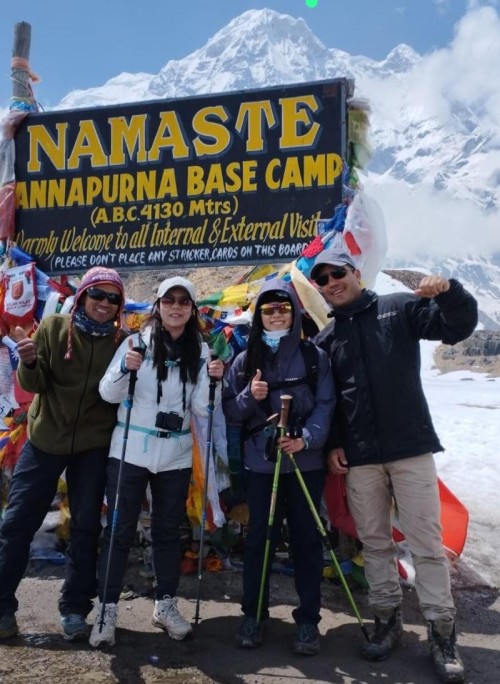
15th Jun, 2023
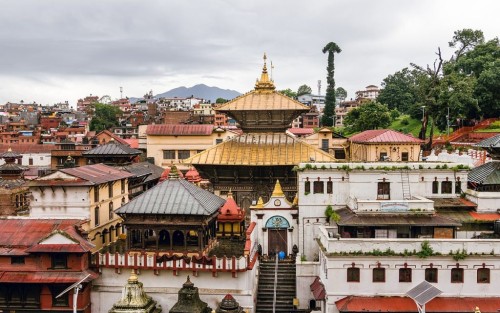
21st Feb, 2021
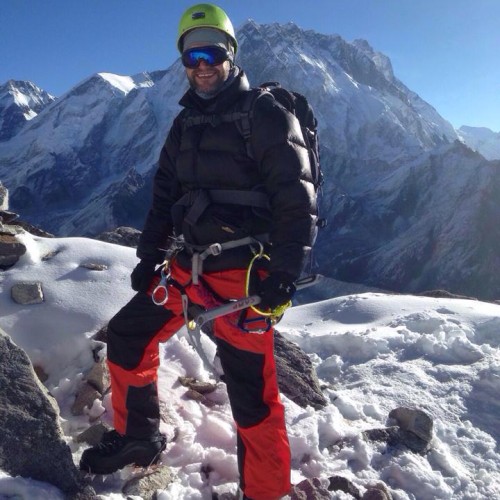
28th Feb, 2018
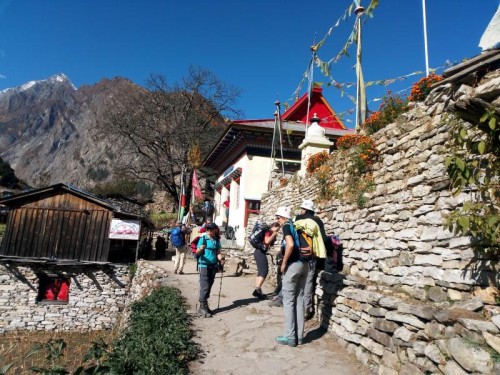
5th Sep, 2023

13th May, 2019
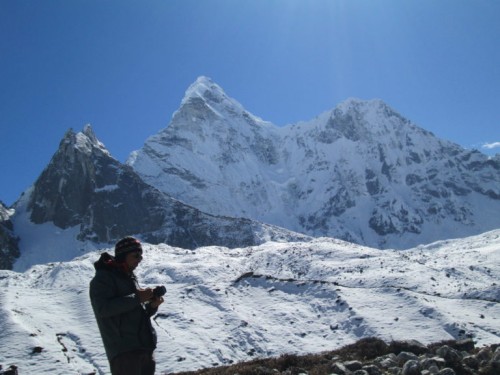
19th Feb, 2019
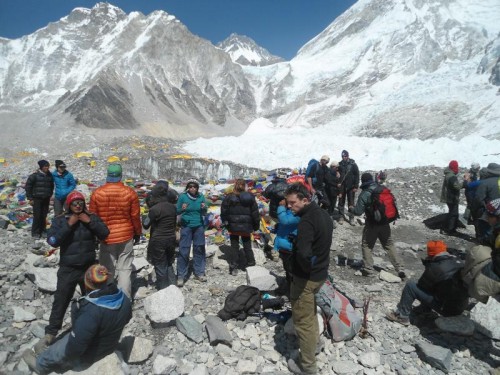
8th Feb, 2021
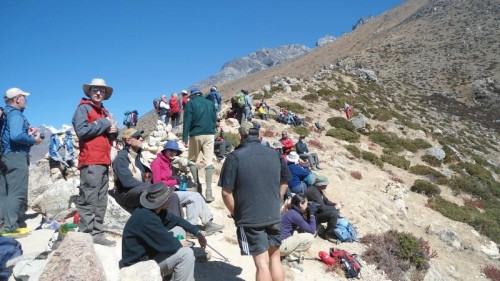
21st Jan, 2021

29th Jul, 2020
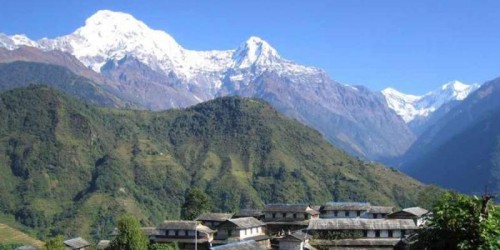
3rd May, 2019

30th Apr, 2020

3rd Apr, 2020

17th Jul, 2020
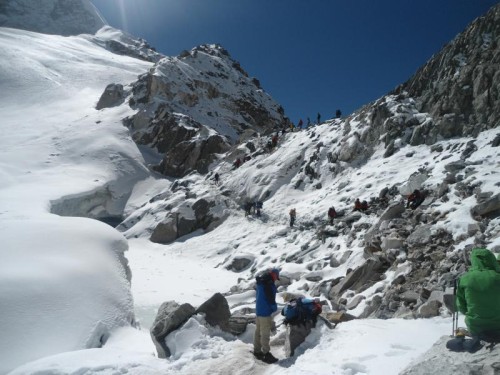
26th Mar, 2020
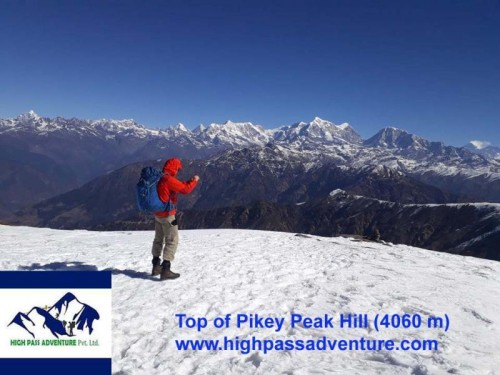
31st Mar, 2020

19th Jun, 2023
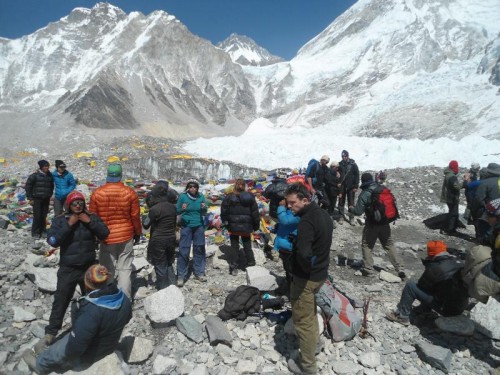
11th Feb, 2020
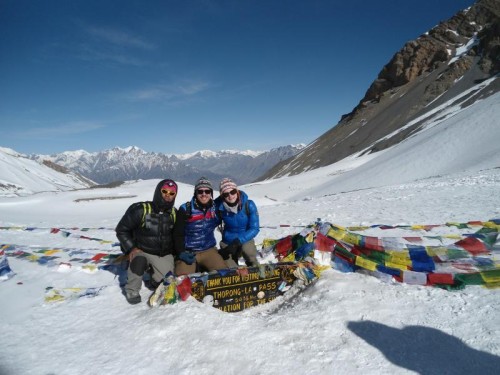
11th Mar, 2020

27th Sep, 2019
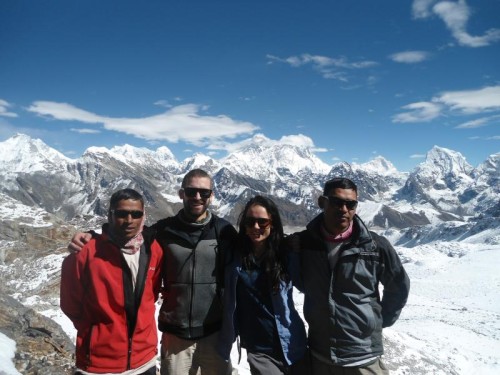
17th May, 2019
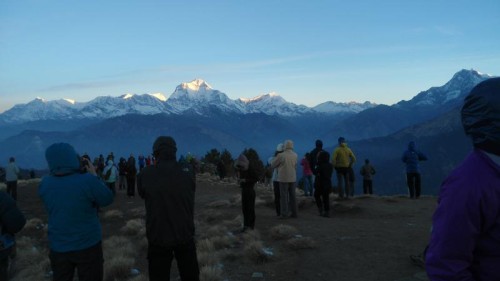
26th Jul, 2020

6th May, 2019
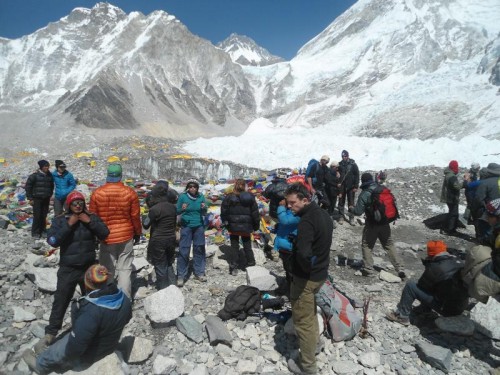
5th Mar, 2019
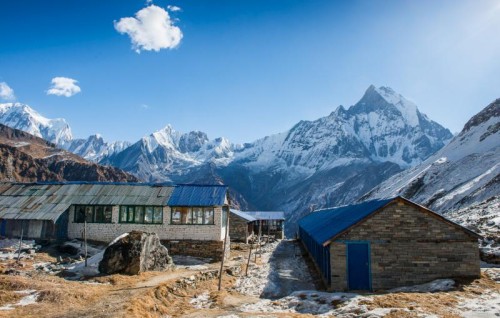
7th Mar, 2020
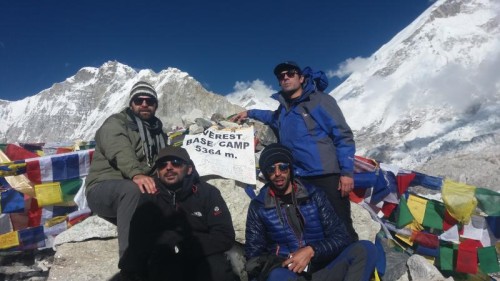
18th Feb, 2019
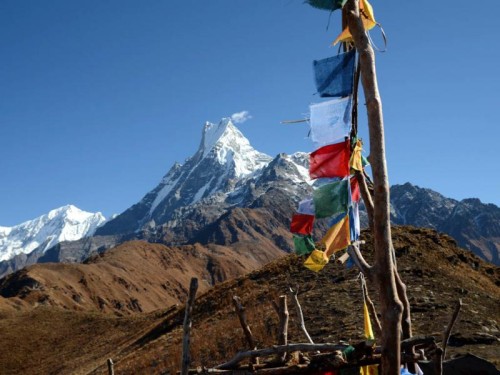
12th Sep, 2019

27th Mar, 2018
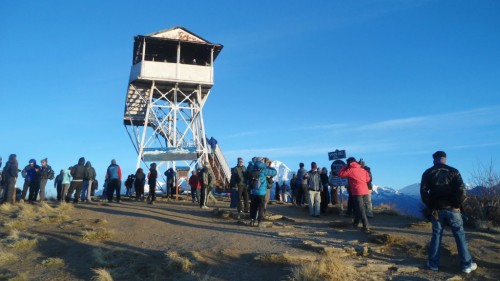
27th Mar, 2019
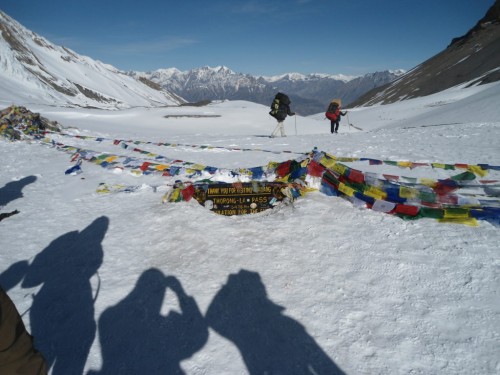
2nd Mar, 2019
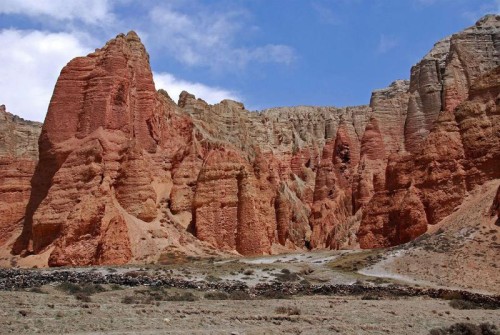
16th Jan, 2019

1st Jul, 2023
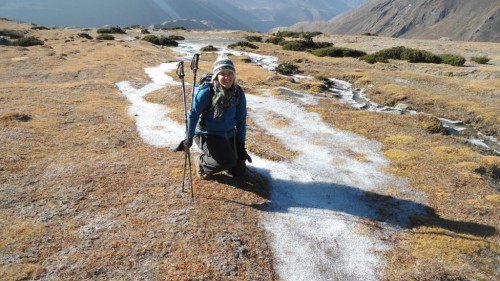
5th Jul, 2023

5th Jul, 2023

5th Jul, 2023

5th Jul, 2023
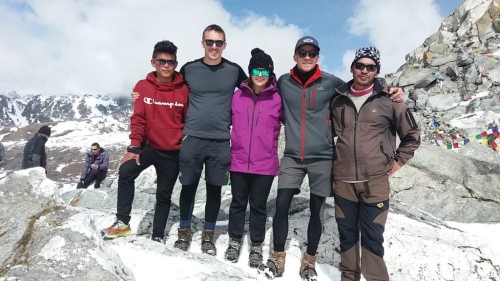
5th Dec, 2019
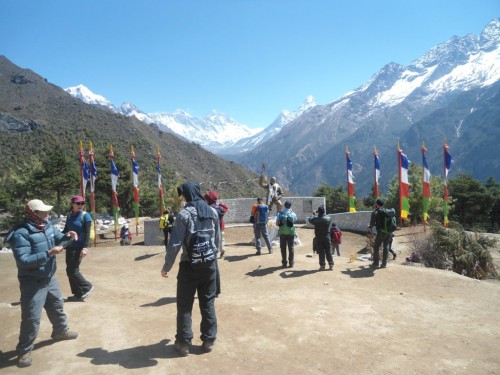
6th Jan, 2019

28th Feb, 2018
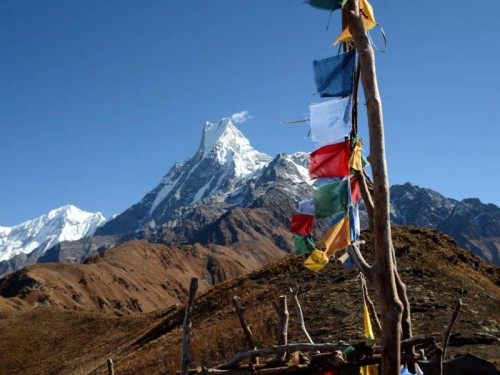
9th Dec, 2018
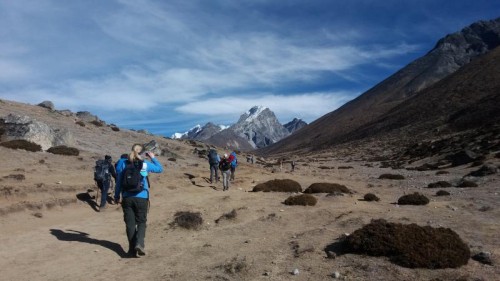
11th Dec, 2018

5th Oct, 2023

3rd Jan, 2024
.jpg)
27th Jan, 2024

29th Jan, 2024

19th Jan, 2025

7th Feb, 2025

17th Feb, 2025

9th Mar, 2025

15th Mar, 2025

18th Mar, 2025

23rd Mar, 2025

25th Mar, 2025

26th Mar, 2025

24th Apr, 2025

21st May, 2025

21st May, 2025

22nd Jun, 2025

22nd Jun, 2025
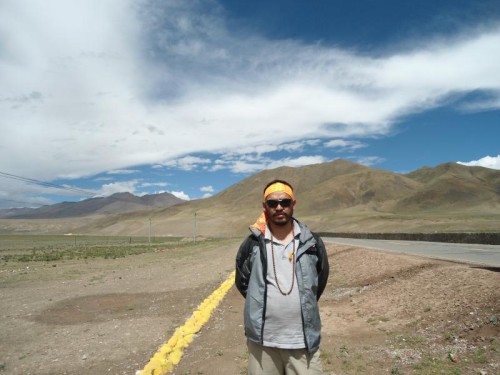
4th Jul, 2025

14th Jul, 2025

14th Sep, 2025



